AISI 314 | EN 1.4841 | DIN X15CrNiSi25-20 - is an austenitic stainless steel that has excellent heat resistance characteristics (heat-resistant stainless steel) among chromium-nickel steels. The silicon content in it improves oxidation and carburization resistance.
However, it can become very brittle if exposed to temperatures of 649 - 816 °C for long periods of time.
Physical properties
| Density g/cm³ | 7,9 |
| Magnetic properties | non-magnetic |
| Thermal conductivity at +20°C, W/m*K | 15 |
| Specific heat capacity at +20°C, J/kg*K | 500 |
| Specific electrical resistance at +20°C, μOhm*m | 0,85 |
| Temperature | +20°С | +200°С | +400°C | +600°С | +800°С | +1000°С |
| Coefficient of linear expansion, 10-6/°C | 17,0 | 17,0 | 18,0 | 18,5 | 19,0 | 19,5 |
Technological properties
Heat-resistant stainless steel of the US standard, grade AISI 314, is an analogue of steel EN 1.4841 | DIN X15CrNiSi25-20. It is used as parts of furnaces and furnace equipment, conveyor meshes, sheet parts of furnace rollers, suspensions, guides, supports, screens operated in air and hydrocarbon atmospheres, pipes of electrolysis and pyrolysis units.
⓵ Welding
Stainless steel AISI 314 is satisfactorily welded by all types of welding. Important: steel of this grade of stainless steel is prone to temper brittleness.
⓶ Operating temperature
Recommended operating temperature in air: 1000 °C. Temperature of the onset of intensive scale formation 1050 °C.
Mechanical properties
| Tensile strength, MPa | 550 - 750 |
| Yield strength, 0.2%, MPa | 230 |
| Relative elongation, min., % | 30 |
| Brinell hardness, HB type | 223 |
| Resistance to air up to ℃ | 1050-1150 |
| Modulus of elasticity (kN/mm²) | 196 |
Chemical composition of steel grade AISI 314 | EN 1.4841 | DIN X15CrNiSi25-20 | ||||||||
| С | Si | Mn | P | S | Cr | Ni | N | Fe |
| <0,02 | 1,5-2,5 | <2,0 | <0,045 | <0,015 | 24,0 - 26,0 | 19,0 - 22,0 | <0,11 | Other |
AISI 314 heat-resistant stainless steel is capable of maintaining all its original characteristics and mechanical properties over a long period of operation at high temperatures and in a complex stress state, while simultaneously withstanding the influence of an aggressive external environment.

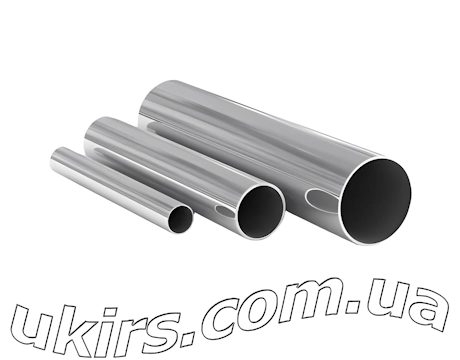 Stainless Steel Round Pipe
Stainless Steel Round Pipe 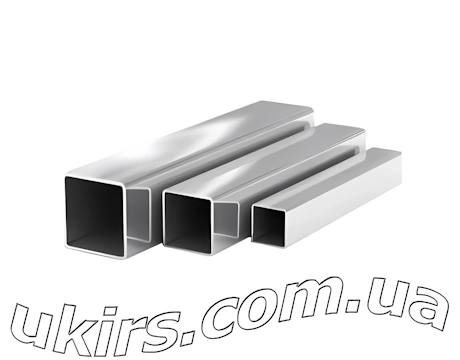 Stainless Steel Square Pipe
Stainless Steel Square Pipe 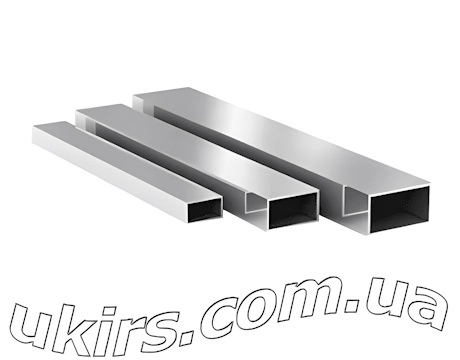 Stainless Steel Rectangular Pipe
Stainless Steel Rectangular Pipe 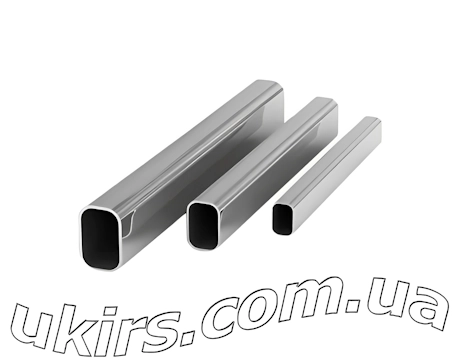 Stainless Steel Oval Pipe
Stainless Steel Oval Pipe 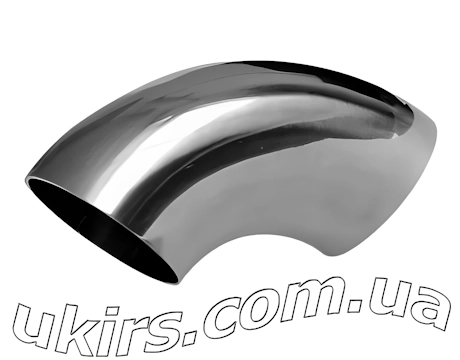 Stainless Steel Elbow
Stainless Steel Elbow 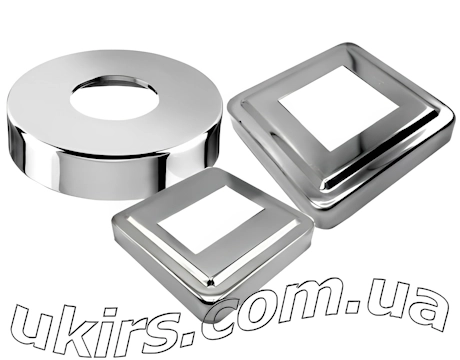 Stainless Steel Decorative Cover
Stainless Steel Decorative Cover 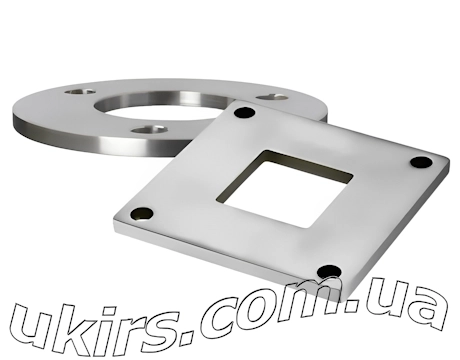 Stainless Steel Flange
Stainless Steel Flange 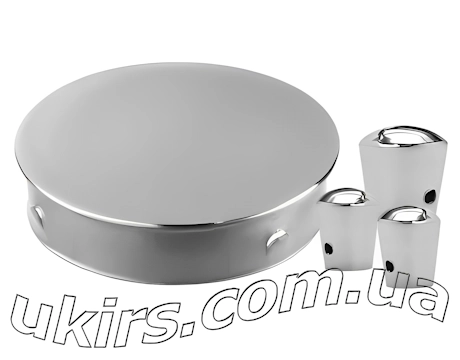 Stainless Steel Plug / Cap
Stainless Steel Plug / Cap 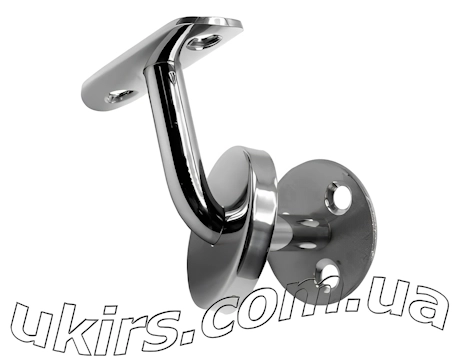 Stainless Steel Handrail Holder
Stainless Steel Handrail Holder